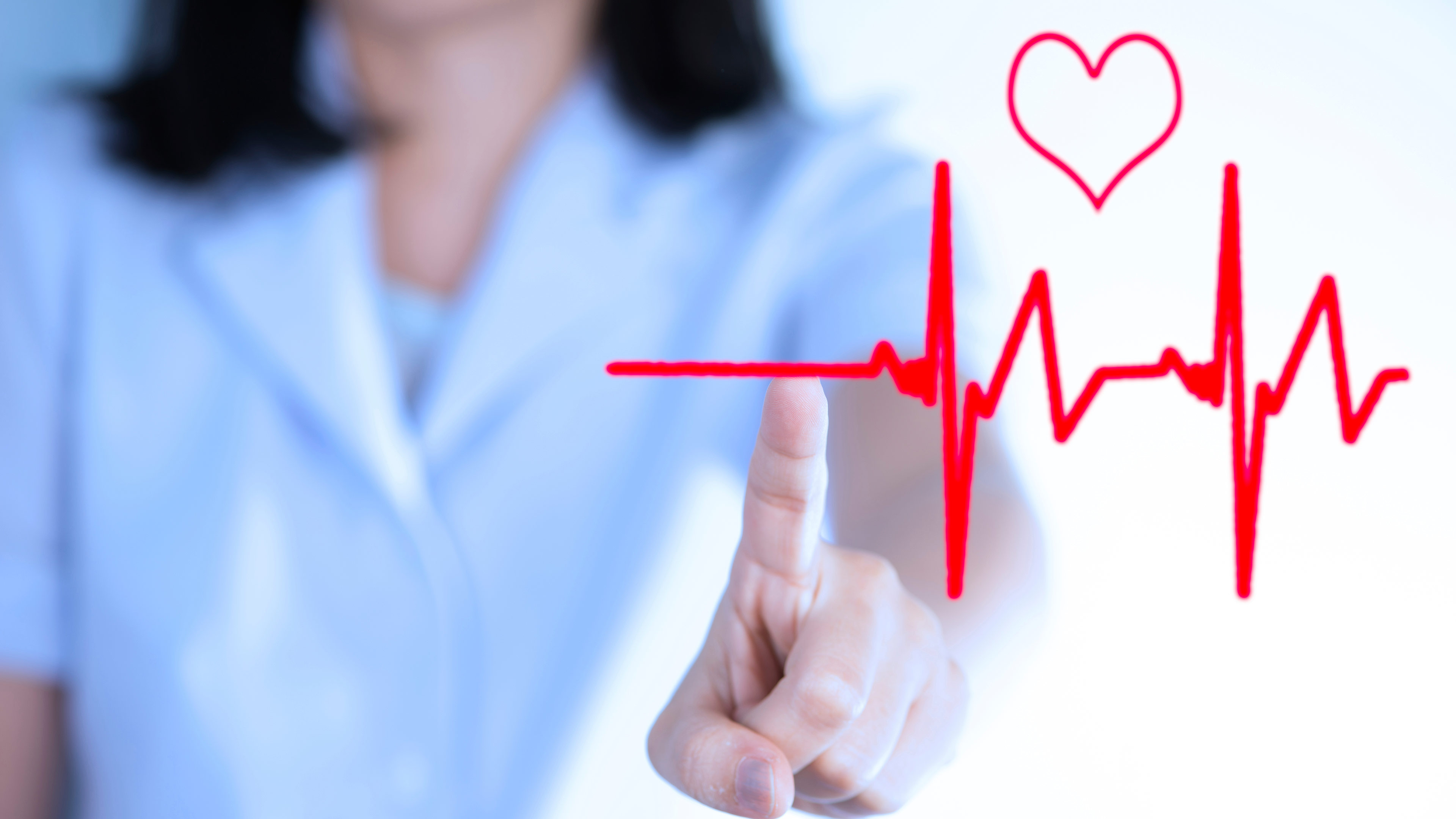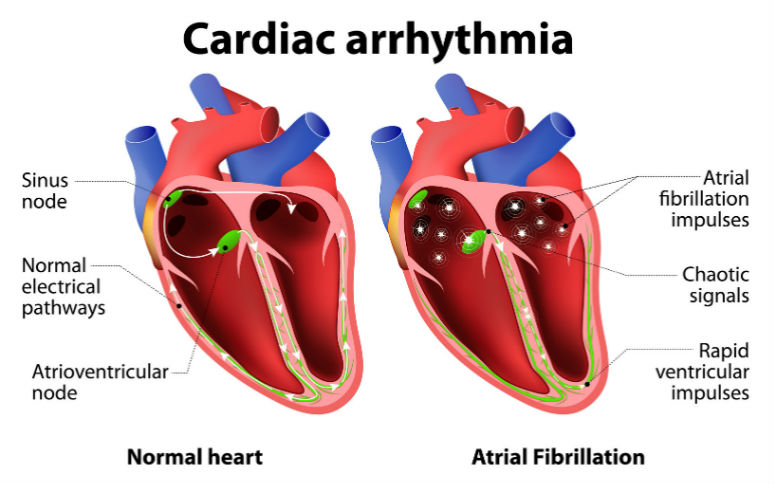

The most dangerous arrhythmia is ventricular fibrillation, in which your ventricles quiver rather than beat steadily in time with your atria. The more lethal types of arrhythmia tend to be those that originate in your ventricles. Similar to atrial fibrillation, atrial flutter involves a rapid heartbeat, but those beats are somewhat more organized and less erratic. The primary treatment for atrial fibrillation is taking a blood thinner to prevent blood clot formation and a medication to slow your heart rate when it’s in arrhythmia. If your heartbeat is very fast, this can become a life threatening emergency.Ītrial fibrillation is an arrhythmia that occurs when your atria quiver or beat in a chaotic manner. In these cases, no treatment may be necessary.īut if episodes are lengthy, frequent, or lead to other symptoms, then some therapy may be recommended. These episodes are often short and may cause no other symptoms. Supraventricular tachycardia is characterized by episodes in which your heart beats faster than expected. While all types of arrhythmias are potentially dangerous, there are some that are less likely to become life threatening. There are several types of atypical heart rhythms within each of these categories. Most arrhythmias are also classified as either tachycardia (atypically fast rhythm) or bradycardia (atypically slow rhythm). Ventricular arrhythmias originate in your ventricles, while supraventricular arrhythmias start above your ventricles.

There are two main types of arrhythmias: ventricular and supraventricular. Someone in cardiac arrest will be unconscious and unresponsive, and they may gasp for breath. In cases of life threatening arrhythmias, sudden cardiac arrest may occur. More severe and possible lethal arrhythmias often have more serious symptoms, including:

This heart condition is a common lingering effect in people who experience COVID-19 symptoms for months after the infection has apparently cleared their body. Although COVID-19 is still largely considered a disease of your respiratory system, there is clear evidence that the infection can cause cardiac complications, including arrhythmia.


 0 kommentar(er)
0 kommentar(er)
